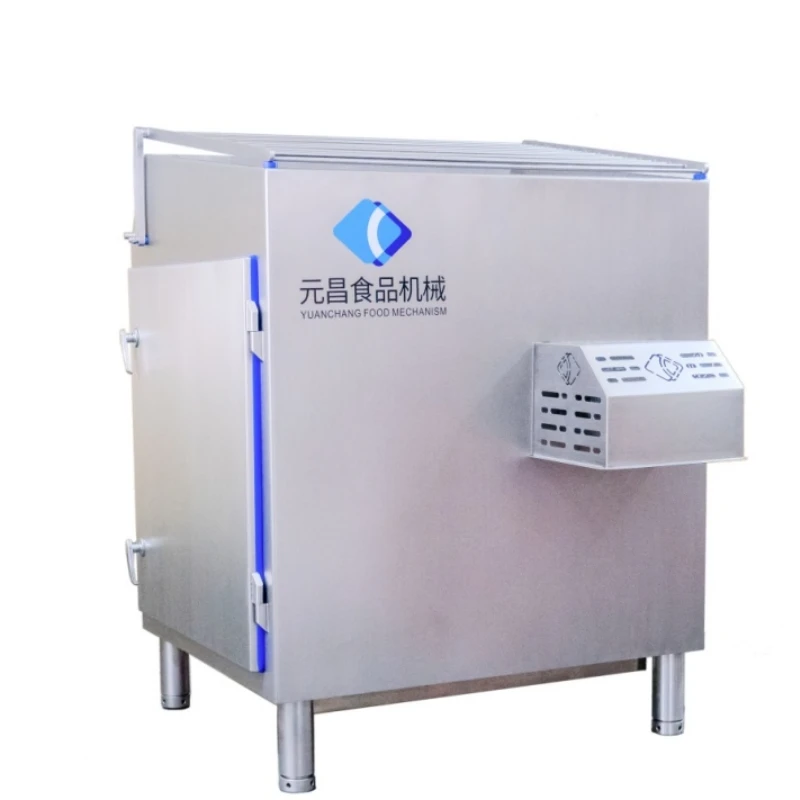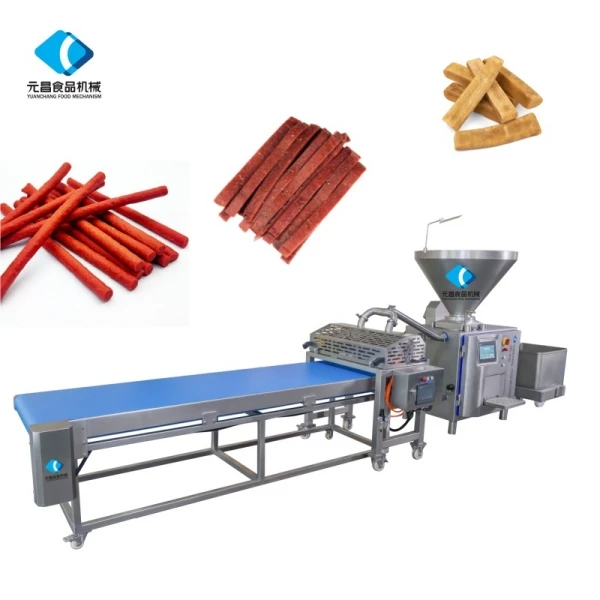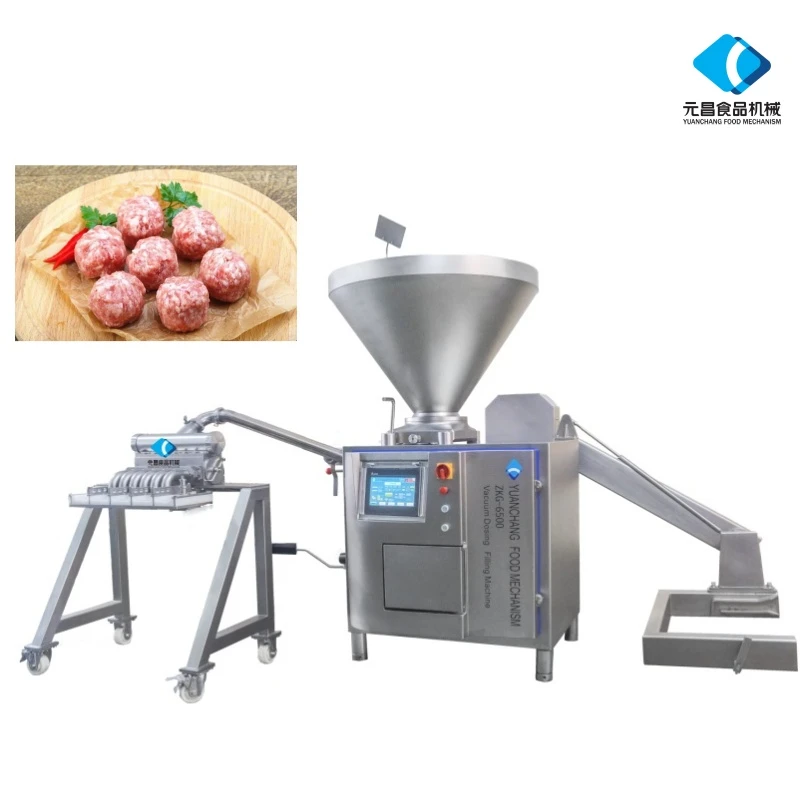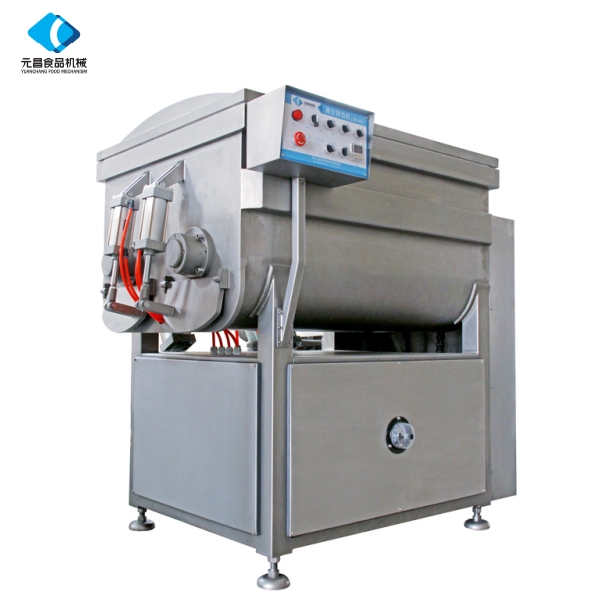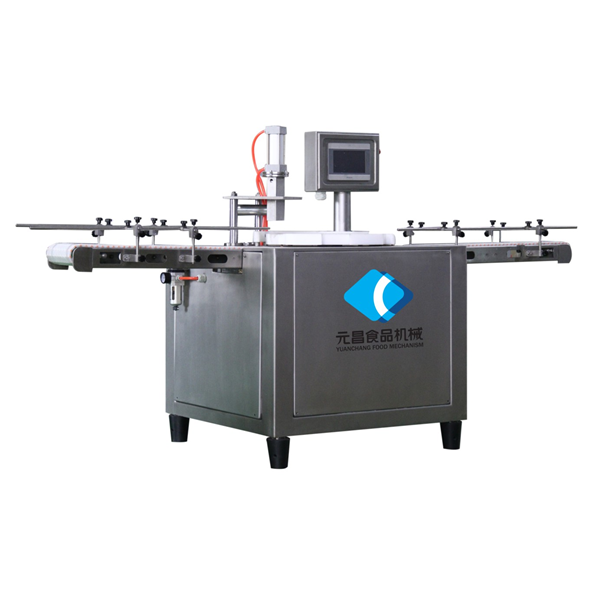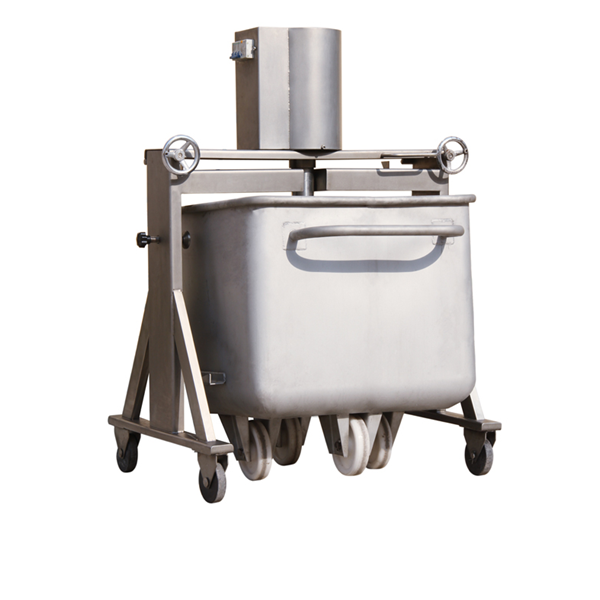- Afrikaans
- Albanian
- Amharic
- Arabic
- Armenian
- Azerbaijani
- Basque
- Belarusian
- Bengali
- Bosnian
- Bulgarian
- Catalan
- Cebuano
- chinese_simplified
- chinese_traditional
- Corsican
- Croatian
- Czech
- Danish
- Dutch
- English
- Esperanto
- Estonian
- Finnish
- French
- Frisian
- Galician
- Georgian
- German
- Greek
- Gujarati
- haitian_creole
- hausa
- hawaiian
- Hebrew
- Hindi
- Miao
- Hungarian
- Icelandic
- igbo
- Indonesian
- irish
- Italian
- Japanese
- Javanese
- Kannada
- kazakh
- Khmer
- Rwandese
- Korean
- Kurdish
- Kyrgyz
- Lao
- Latin
- Latvian
- Lithuanian
- Luxembourgish
- Macedonian
- Malgashi
- Malay
- Malayalam
- Maltese
- Maori
- Marathi
- Mongolian
- Myanmar
- Nepali
- Norwegian
- Norwegian
- Occitan
- Pashto
- Persian
- Polish
- Portuguese
- Punjabi
- Romanian
- Russian
- Samoan
- scottish-gaelic
- Serbian
- Sesotho
- Shona
- Sindhi
- Sinhala
- Slovak
- Slovenian
- Somali
- Spanish
- Sundanese
- Swahili
- Swedish
- Tagalog
- Tajik
- Tamil
- Tatar
- Telugu
- Thai
- Turkish
- Turkmen
- Ukrainian
- Urdu
- Uighur
- Uzbek
- Vietnamese
- Welsh
- Bantu
- Yiddish
- Yoruba
- Zulu
Commercial Bowl Cutters Heavy-Duty Meat Processing Solutions
- Data-driven performance of modern commercial bowl cutter
s - Engineering excellence behind bowl meat cutter technology
- Comparing market-leading manufacturers and specifications
- Key factors determining optimal bowl cutter price points
- Customization options for specialized processing requirements
- Real-world applications across food industry segments
- Making informed decisions when investing in commercial bowl cutters

(commercial bowl cutter)
The Production Revolution Enabled by Commercial Bowl Cutters
Commercial bowl cutters have transformed meat processing facilities worldwide, becoming essential for operations producing 500kg+ of emulsion daily. These industrial workhorses reduce labor requirements by up to 70% compared to manual alternatives while delivering unmatched consistency. Modern units feature stainless steel construction meeting FDA and EU hygiene standards, with processing capacities ranging from 40L to 1200L bowls.
According to industry analysis, processors using heavy-duty bowl cutters report 30% faster cycle times and 15% reduction in meat shrinkage. The vacuum function available in premium models extends product shelf life by 20-30% by minimizing oxidation. With energy-efficient 10-40 HP motors becoming standard, facilities save approximately $2,800 annually in power consumption per unit compared to decade-old machinery.
Advanced Engineering for Superior Bowl Meat Cutters
Contemporary bowl meat cutter designs solve historical pain points through cutting-edge innovation. Precision-balanced bowls rotate on hardened steel bearings, eliminating vibration at high speeds while extending service life to 25,000+ operating hours. Manufacturers now apply computational fluid dynamics to optimize bowl geometry, enhancing product movement and reducing processing time by 18%.
The evolution of cutting mechanisms represents another quantum leap. Laser-cut stainless steel knives with micro-serrated edges maintain sharpness 3x longer than conventional blades. Sophisticated temperature control systems maintain ±0.5°C accuracy via direct-expansion cooling jackets, crucial for temperature-sensitive products like fine emulsions. UL-certified control panels with programmable logic controllers allow storing 200+ recipes with precision timing down to 0.1-second increments.
Safety innovations include interlocked polycarbonate guards that halt operation immediately when opened, and emergency stop systems meeting ISO 13849 PL e standards. Sound-dampening enclosures reduce operational noise from 98 dB to 78 dB, creating safer working environments.
Manufacturer Comparison Table for Bowl Cutters
| Manufacturer | Model Series | Bowl Capacity | Power Range | Vacuum Capability | Price Range (USD) |
|---|---|---|---|---|---|
| Kilia | AlphaCut Pro | 150L-850L | 15-60 HP | Standard | $45,000–$182,000 |
| Weiler | PowerMac Series | 80L-1200L | 10-75 HP | Optional | $39,000–$225,000 |
| Mainca | CT Range | 100L-600L | 12-50 HP | Standard | $51,000–$165,000 |
| Sirman | Vector Pro | 60L-400L | 8-35 HP | Add-on | $32,000–$98,000 |
| Marel | CutMaster H | 300L-800L | 25-60 HP | Advanced | $120,000–$210,000 |
Breaking Down Bowl Cutter Price Determinants
The significant price differentials - ranging from $30,000 for basic models to $225,000+ for high-capacity systems - correlate with several key factors. Bowl capacity presents the most direct relationship, with each additional 100L of volume increasing costs by approximately $15,000. Motor specifications contribute 30-35% to total costs, as 40HP+ industrial-grade motors meeting IEC efficiency standards carry substantial premiums.
Vacuum capabilities add $12,000-$25,000 to base prices depending on pump strength and automation level. Enhanced digital controls (touchscreen interfaces, cloud connectivity, remote diagnostics) represent a 15-22% cost multiplier. Premium stainless steel alloys (SS316 vs SS304) increase manufacturing costs by 18% but deliver superior corrosion resistance in high-salt applications.
Operational metrics reveal how higher initial investments deliver ROI: Systems processing 800kg/hour typically achieve 18-month payback periods through increased throughput and yield optimization. Facilities should analyze daily production volumes against annual maintenance costs, which typically range from 3-8% of purchase price.
Customization for Specific Applications
Leading manufacturers offer extensive customization to address unique operational requirements. Temperature-critical applications utilize double-walled bowls with integrated glycol cooling systems maintaining precise ±0.3°C control. Operations processing abrasive ingredients (e.g., specialty sausages with hard spices) benefit from tungsten-carbide-coated cutting blades tripling standard blade longevity.
For operations requiring frequent product changes, quick-release knife systems enable full tooling change in under 15 minutes. Kosher/Halal certified facilities can obtain fully documented production-compliant configurations with dedicated production lines. Automated ingredient dosing interfaces directly with upstream systems, synchronizing spice and additive incorporation within ±50g accuracy.
Specialized configurations are increasingly common: Poultry processors utilize high-shear models operating at 5000+ RPM for ultra-fine emulsions. Alternative protein facilities employ modified designs with larger discharge openings handling high-fiber vegetable proteins. Operations requiring frequent recipe changes benefit from programmable logic controls storing 500+ formulations with barcode scanning integration.
Operational Success Stories Across Sectors
Toronto-based Superior Meats implemented three 450L bowl cutters, increasing sausage production from 800kg to 2.5 tons per shift while reducing ingredient costs by 12%. The vacuum functionality extended product shelf life sufficiently to expand distribution radius by 300km. For German charcuterie producer Bauer Foods, automated bowl cutter integration reduced emulsion preparation time from 35 to 12 minutes per batch while eliminating variation between operators.
California plant-based protein company GreenRoots customized a 600L unit with high-torque motors and titanium blades specifically for textured vegetable protein processing. This specialization increased throughput 40% while reducing energy consumption 18% compared to adapting standard models. UK ready-meal manufacturer Culinary Creations automated raw material handling into their bowl cutters, achieving 99.2% ingredient utilization through precision batching and eliminating nearly 7 tons of annual waste.
Making Strategic Choices in Commercial Bowl Cutter Selection
Selecting appropriate commercial bowl cutter equipment requires systematic evaluation of production parameters against technical specifications. Facilities should conduct thorough volume analysis: Operations processing under 300kg daily typically find optimal ROI in 80-150L units, while high-volume processors exceeding 700kg/shift justify 400L+ investments. Meat composition significantly influences requirements - facilities processing 30%+ fat content products benefit from vacuum systems preventing air entrapment and texture degradation.
Compliance considerations remain critical, particularly for international distribution. Units achieving EHEDG certification streamline export processes to EU markets. Future-proofing through connectivity options (OPC-UA, IoT integration) prepares operations for Industry 4.0 adoption. Most manufacturers provide performance guarantees - typically 18-24 months on mechanical systems - with extended service agreements covering 90%+ of maintenance costs for predictable operational budgeting. Ultimately, aligning bowl cutter specifications with specific production requirements delivers optimal processing efficiency and investment returns.
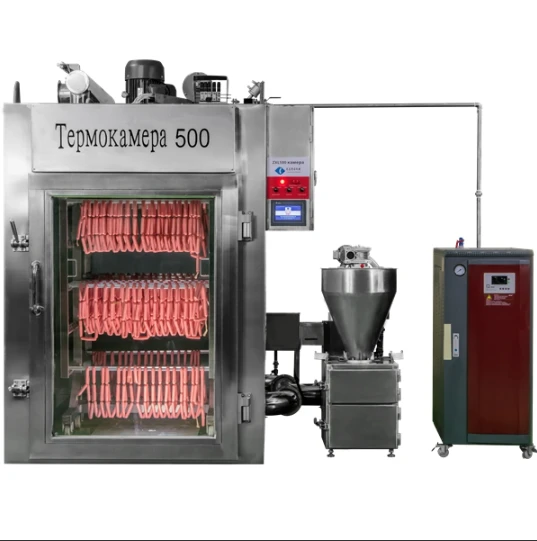
(commercial bowl cutter)
FAQS on commercial bowl cutter
Q: What is a commercial bowl cutter used for?
A: A commercial bowl cutter is designed to finely chop, mix, and emulsify meat and other ingredients for products like sausages, patties, and meatballs. It ensures consistent texture and quality in high-volume food production. Industrial kitchens and meat processors commonly use this equipment.
Q: How does a bowl meat cutter differ from a standard meat grinder?
A: A bowl meat cutter uses rotating blades to finely chop and emulsify meat, creating smoother textures ideal for sausages or pâtés. Meat grinders simply crush and extrude meat through a plate. Bowl cutters offer greater precision for emulsified products.
Q: What factors affect the price of a commercial bowl cutter?
A: Bowl cutter prices depend on capacity, motor power, material quality (e.g., stainless steel), and brand reputation. Larger models with advanced features like programmable settings cost more. Entry-level units start around $3,000, while industrial-grade models exceed $15,000.
Q: How do I maintain a commercial bowl cutter for longevity?
A: Clean the bowl and blades thoroughly after each use to prevent residue buildup. Regularly inspect and sharpen blades, and lubricate moving parts as per the manufacturer’s guidelines. Avoid overloading the machine to reduce motor strain.
Q: Can a bowl cutter replace other meat-processing equipment?
A: While bowl cutters excel at emulsifying and mixing, they may not fully replace grinders or mixers for specific tasks. They’re ideal for recipes requiring fine textures but might need complementary equipment for grinding or coarse blending.
-
Bowl Chopper Machine for Meat Processing Affordable PricesNewsJun.01,2025
-
Meat Mixer & Grinder Combo - Efficient Meat Blending & Grinding SolutionsNewsJun.01,2025
-
Automatic Sausage Stuffer Machine High-Capacity Vacuum & Twist SystemNewsJun.01,2025
-
Heavy-Duty Sausage Mincer Machine Commercial & Home Meat GrindingNewsMay.31,2025
-
Industrial Meat Grinder Machines Heavy-Duty & Commercial UseNewsMay.31,2025



